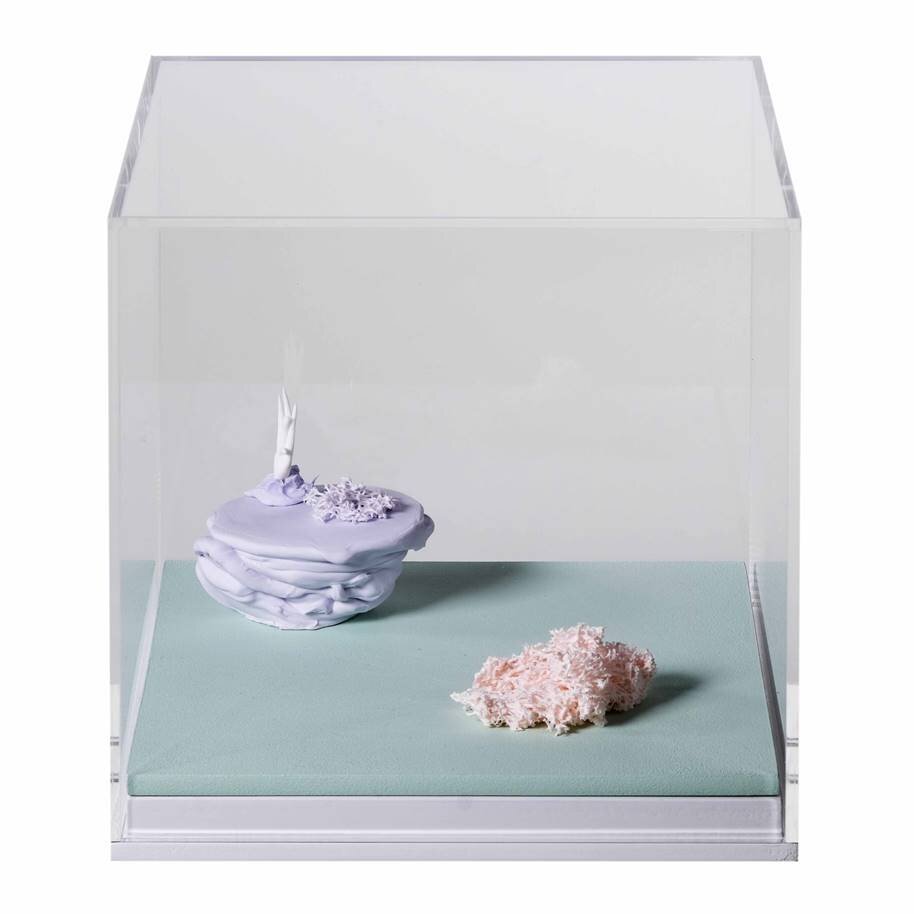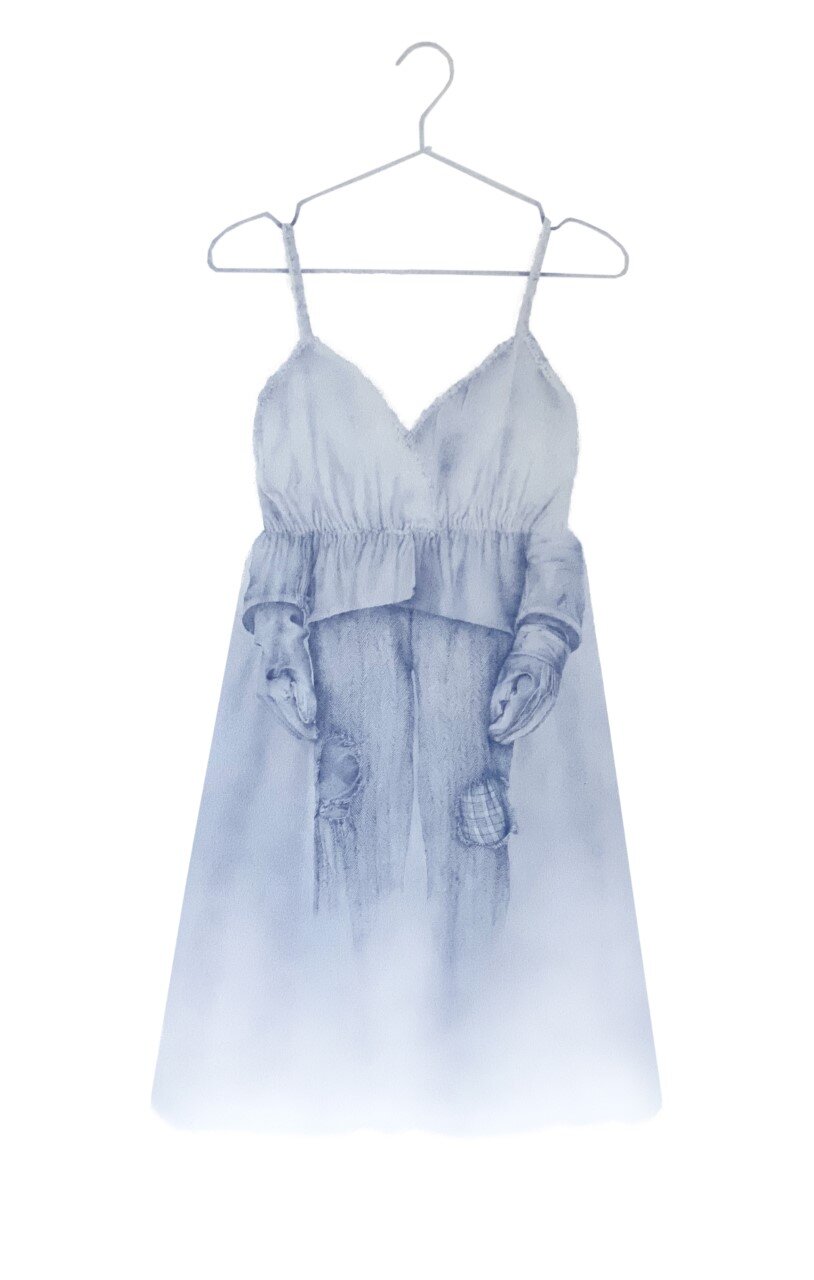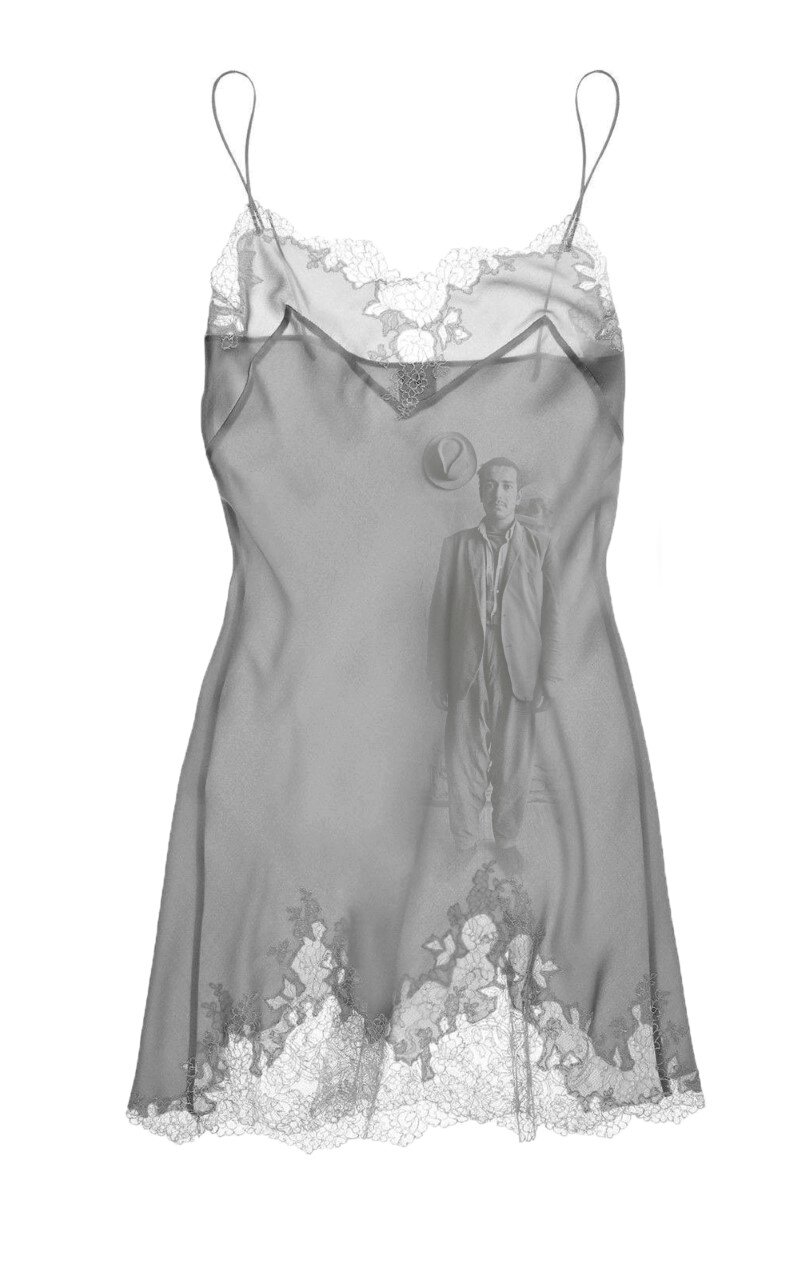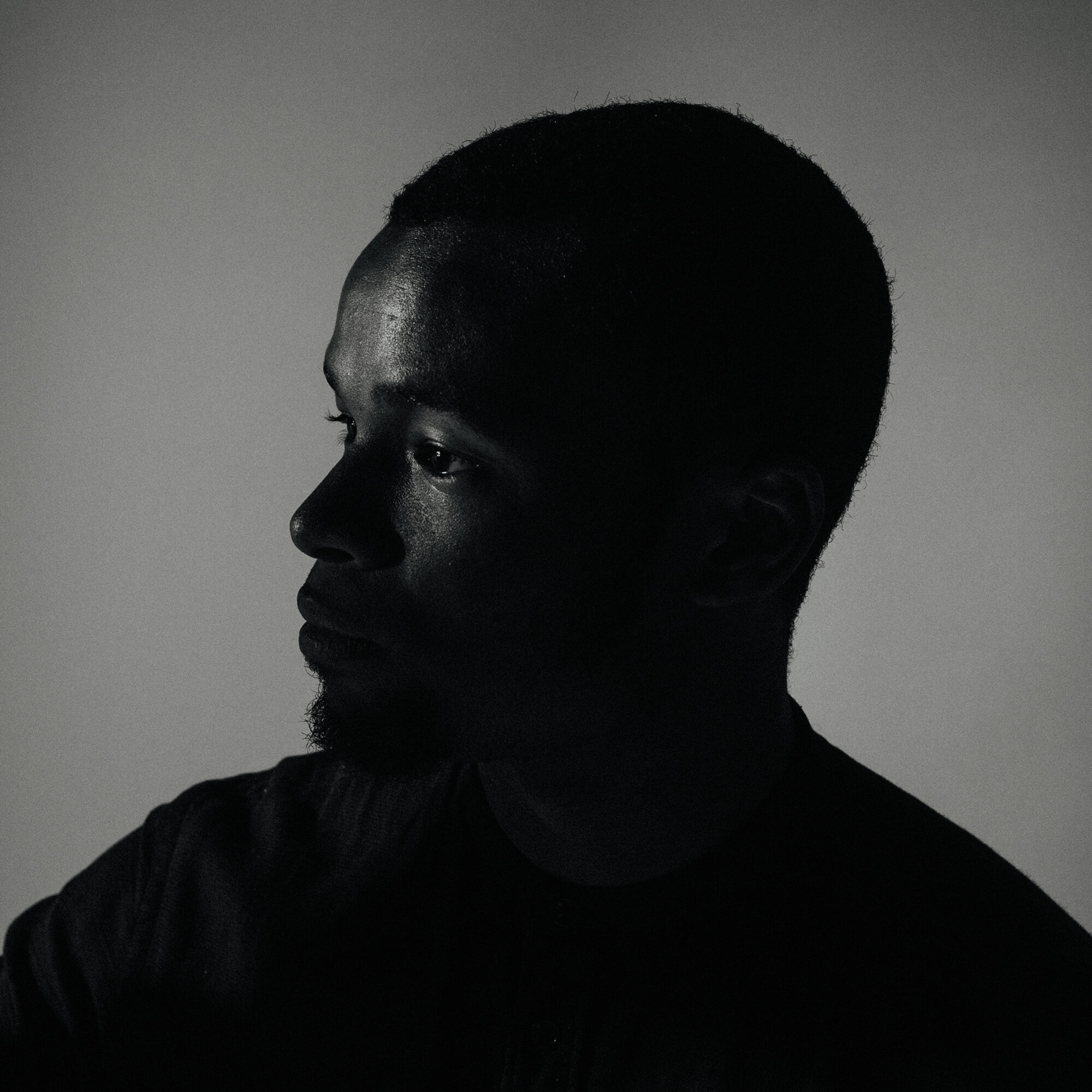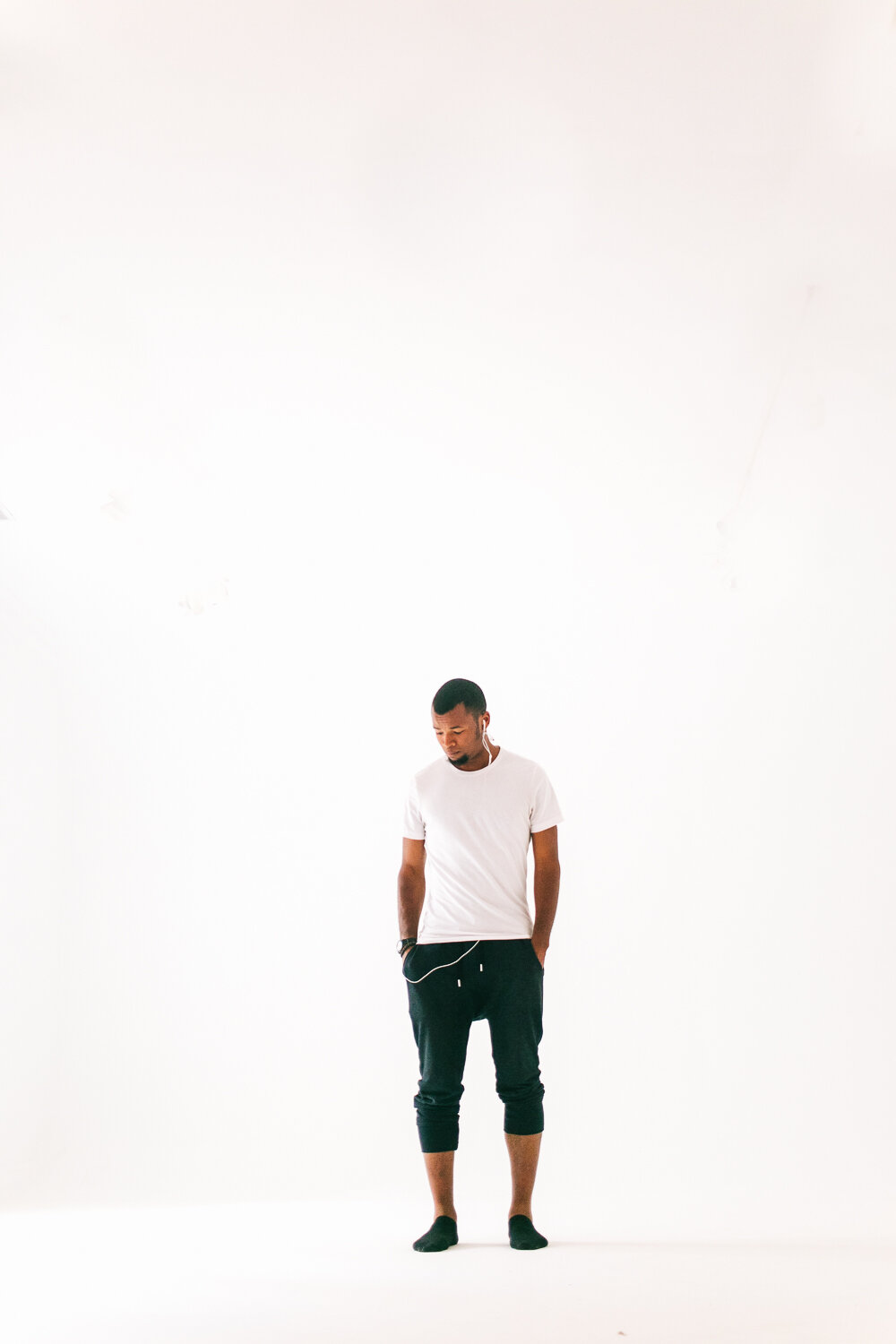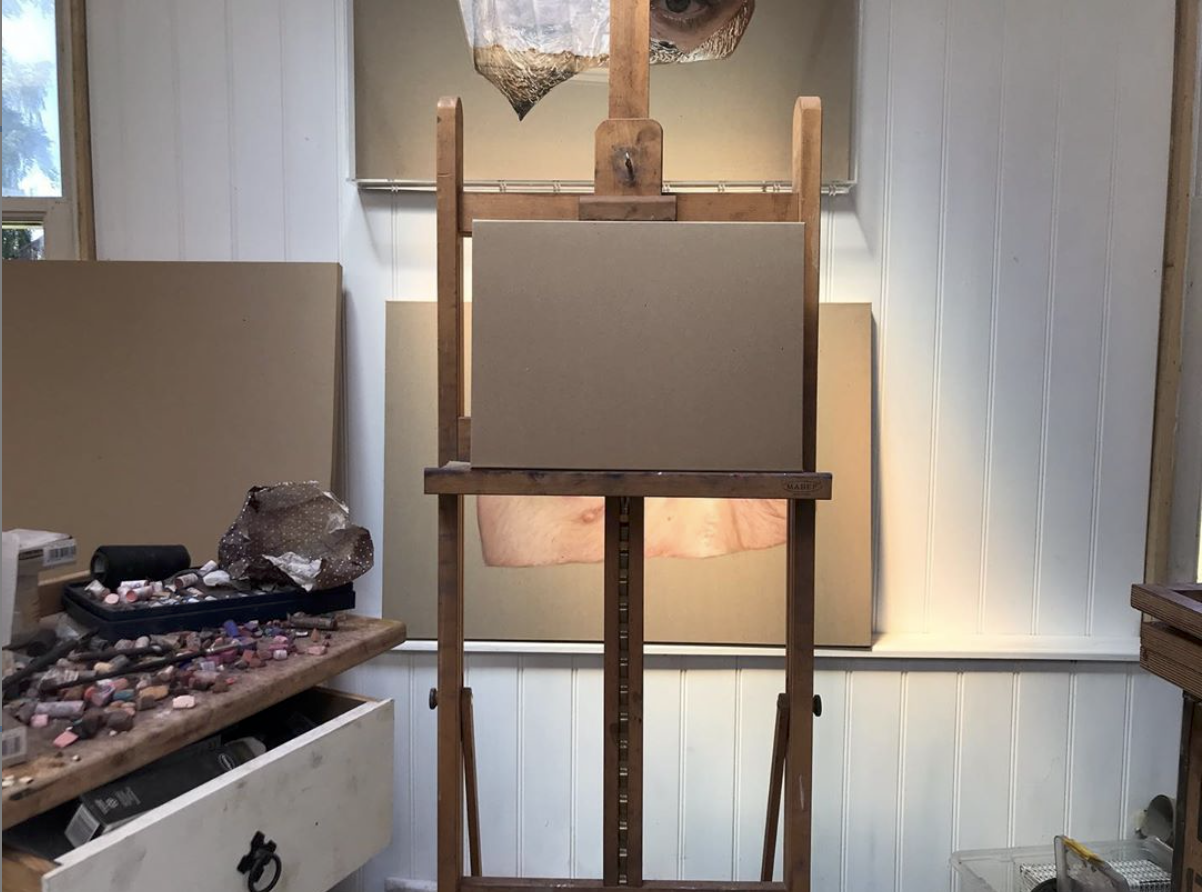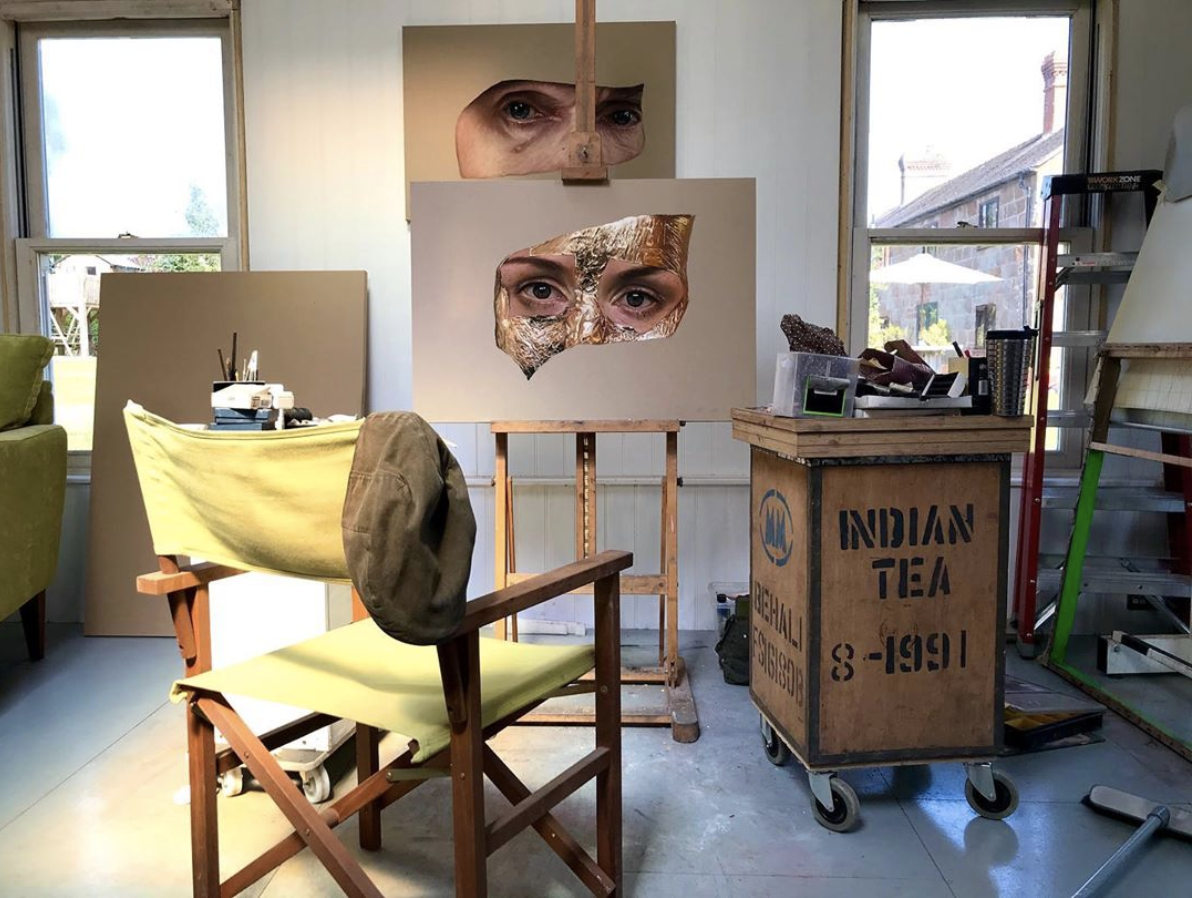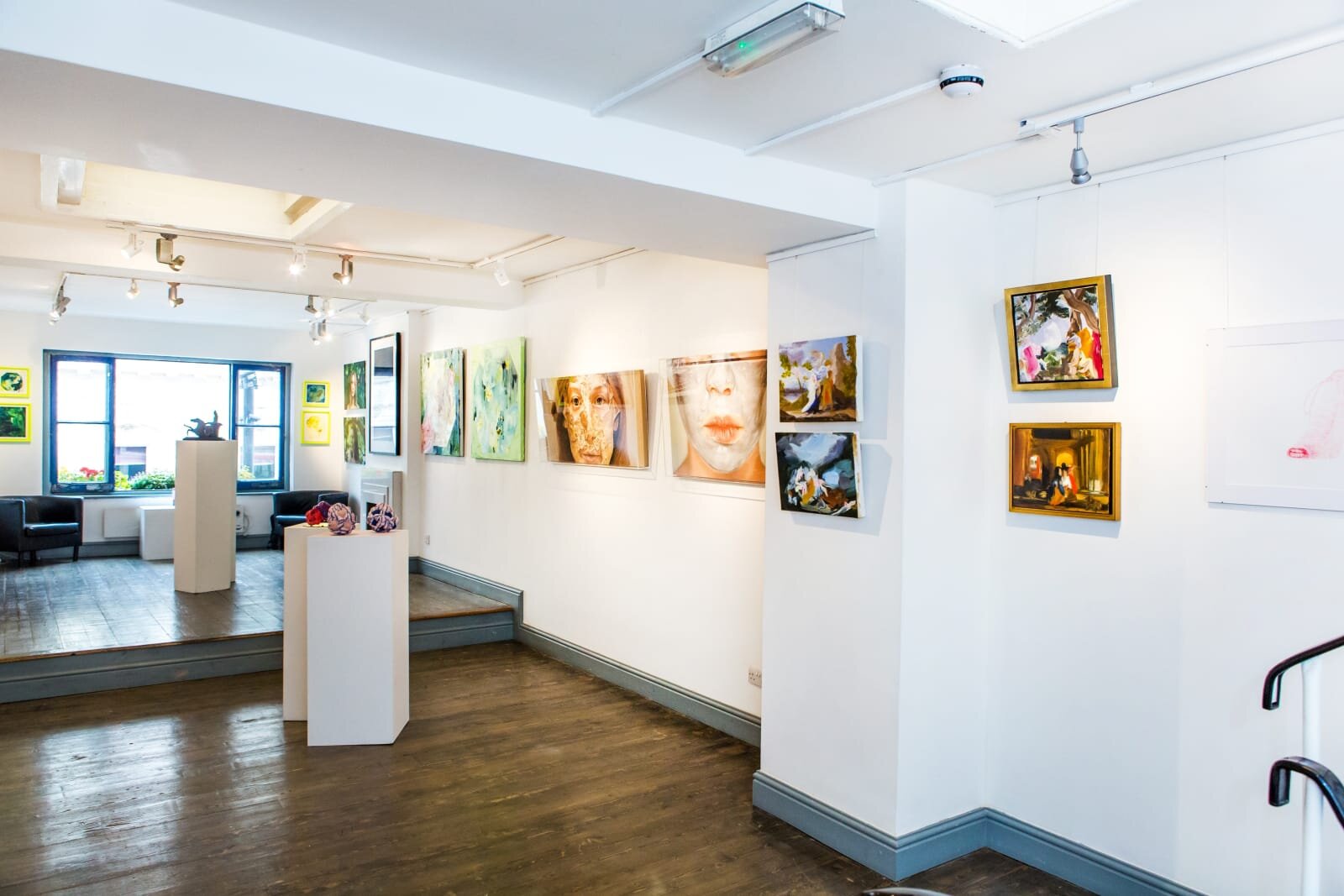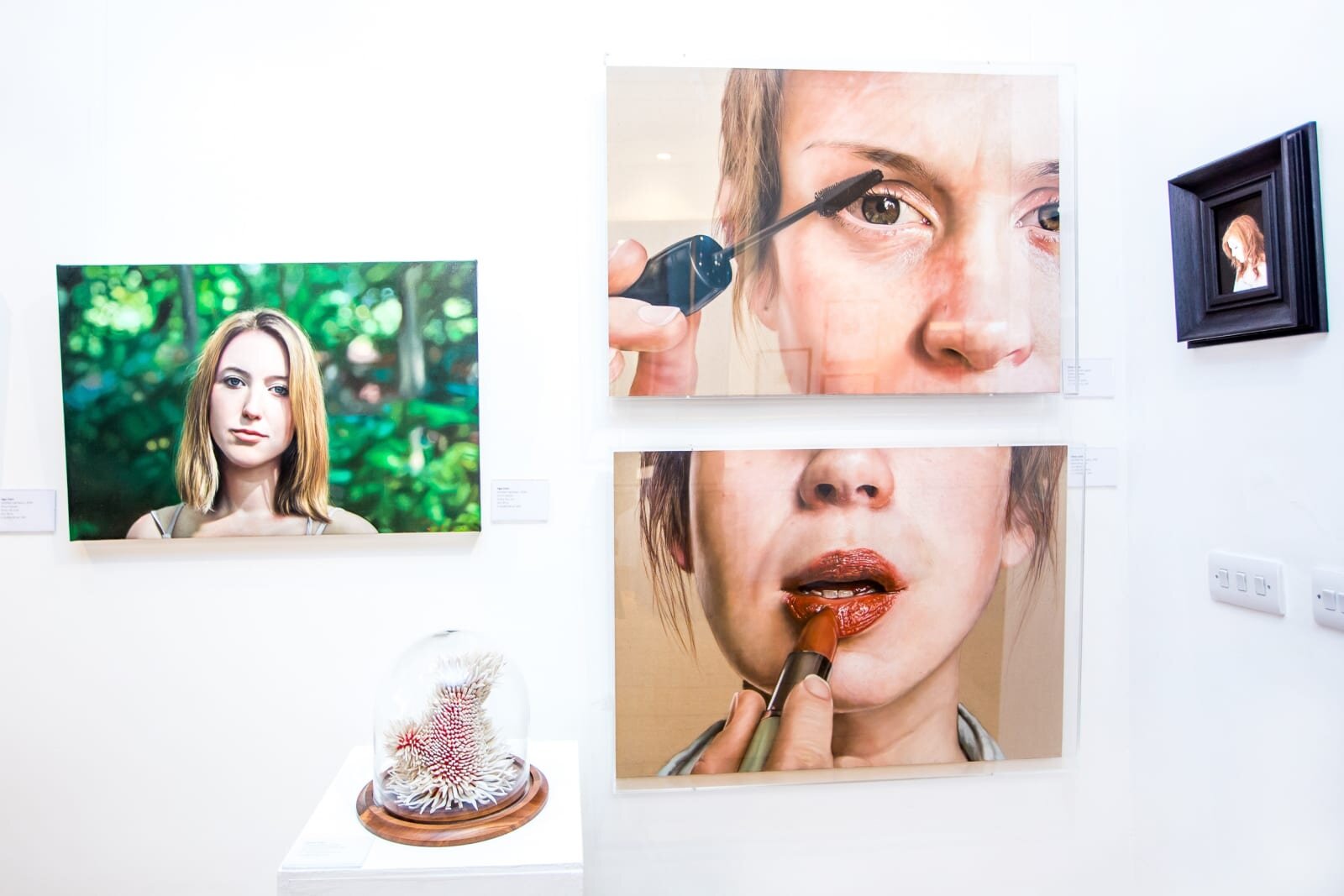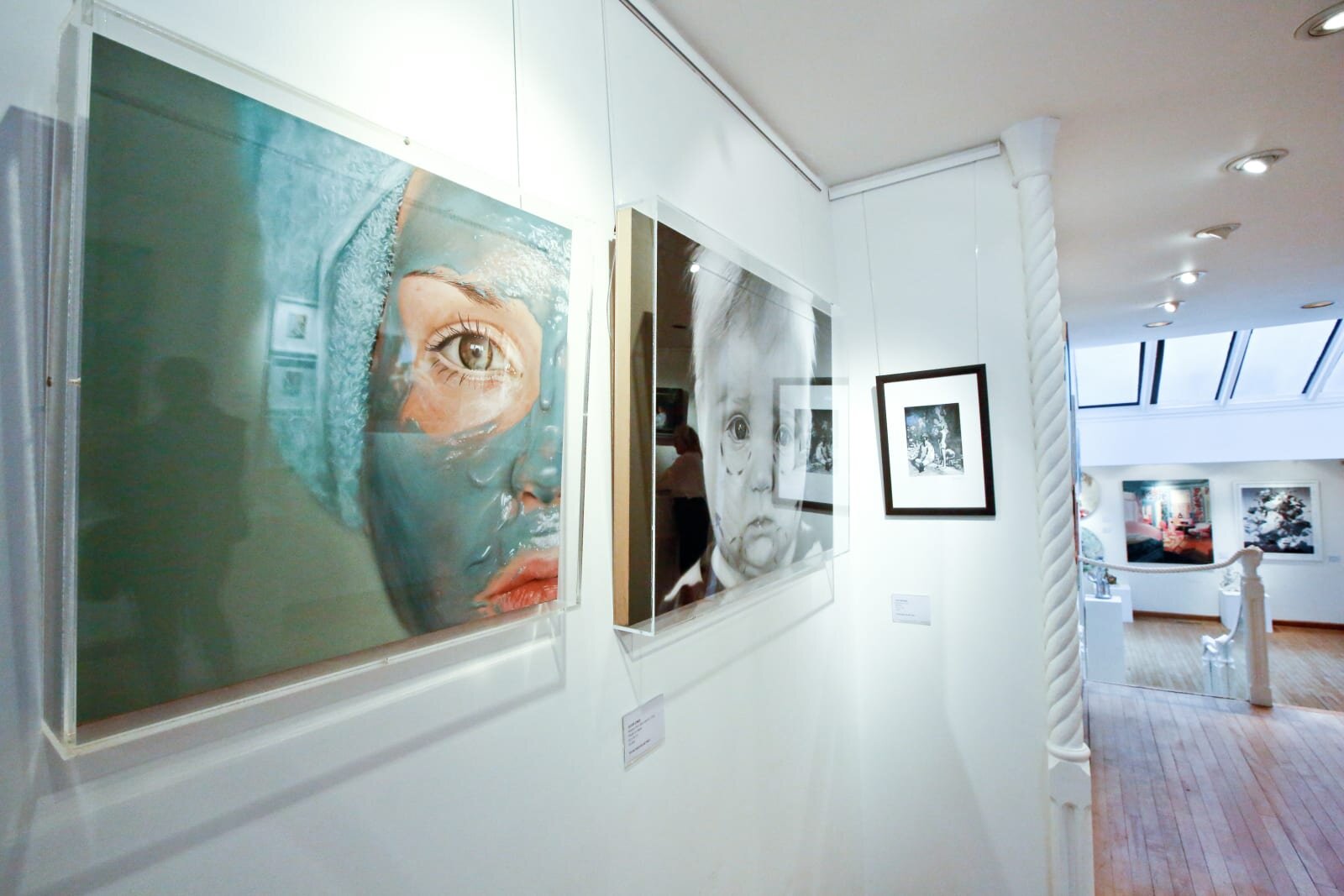"A special Snoecks for special times, you should not expect less from Snoecks 2021. We opted for hope and courage for our cover, with penetrating portraits of Isabelle van Zeijl. A contemporary artist which exhibit an idiosyncratic and critical view of beauty ideals and its representation in art history."
- Geert Stadieus, Editor in Chief Snoecks
C-print mounted on dibond, perspex face in tray frame
Framed:
113 x 103.1 cm
44 1/2 x 40 1/2 in
Unframed:
110 x 100.1 cm
43 1/4 x 39 3/8 in
Edition of 7 plus 3 artist's proofs (#1/7)
"Surround yourself with beauty, and your life will be beautiful.
One day I decided to turn my eye towards all that was beautiful around me.
Beauty became my nutrition, my purifier and a way to survive troubled times.
Bringing you beauty, light and inspiration became my mission."
- Isabelle van Zeijl
In a contemporary art world that condemns beauty as camouflage for conceptual shallowness, championing high aesthetics is nothing short of rebellion. Dutch photographer Isabelle Van Zeijl takes female beauty ideals from the past, and sabotages them in the context of today. As a women she experiences prejudices against women; misogyny in numerous ways including sex discrimination, belittling/violence against women and sexual objectification. Van Zeijl aestheticises these prejudices in her work to visually discuss this troubling dichotomy, presenting a new way of seeing female beauty. An oppressive idealisation of beauty is tackled in her work through unique female character and emotion.
Van Zeijl is invested in her images. By using subjects that intrigue and evoke emotion, she reinvents herself over and over and has created a body of work to illustrate these autobiographical narratives. Her work takes from all she experiences in life - she is both model, creator, object and subject. Going beyond the realm of individual expression, so common in the genre of self-portraiture, she strives to be both universal and timeless, with a subtle political hint.
Van Zeijl has shown work continuously and internationally over the past fifteen years, represented by galleries located in The UK, USA, The Netherlands, Belgium, and exhibiting at emerging and established international art fairs in New York, Miami, Los Angeles, Hong Kong, London, Germany, Belgium, Sweden and Italy. She was nominated for the Prix De La Photographie Paris, and The Fine Art Photography Awards. She was also one of the winners of The 2017 Young Masters Emerging Women Art Prize, London. Her work is held in private & public collections in the USA, UK, Belgium, Germany, France and The Netherlands.
Isabelle van Zeijl is represented internationally by the Cynthia Corbett Gallery.
Snoecks is a 550-plus-page magazine is published once a year in October and focuses on new international developments in the arts, photography and literature.[1] The magazine has featured artists such as Anton Corbijn, Larry Sultan, Matthew Barney, Terry Richardson, Ron Mueck, Alberto Garcia-Alix, Peter Lindbergh, Albert Watson, Desiree Dolron, Bettina Rheims, Diana Scheunemann, Timothy Greenfield-Sanders and Andres Serrano.
The first Snoecks appeared in the 1920s, but its modern form, with an emphasis on photography, has its base in the seventies. Since 2004 its editor-in-chief has been Geert Stadeus.




